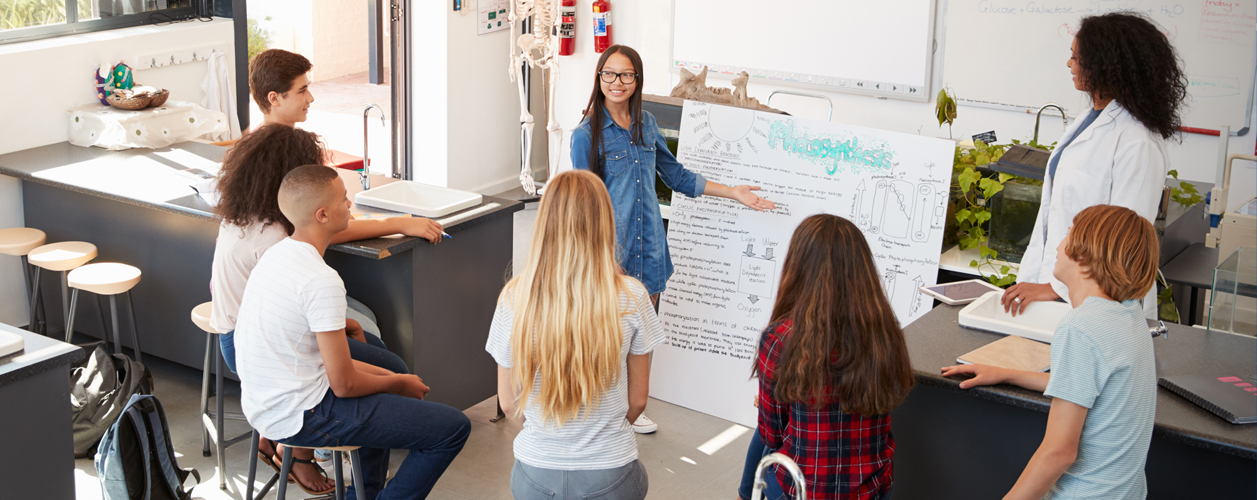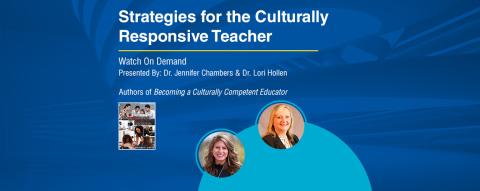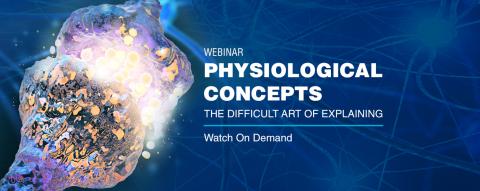
Why Grades Matter (but maybe not how you might think)
*Originally published 11/20/2019, http://.timothygoodwin.net
The act of grading someone for their work immediately changes everything. One cannot help but be influenced primarily by extrinsic motivation as soon as one is being judged and sorted. Of course, there are times this is necessary, such as on The Great British Baking Show…Mmmm, excuse me whilst I go find bake. The purpose of such a show is to sort and judge individuals that are already accomplished bakers. The purpose of the show is not to instruct these individuals, but to winnow the pool of contestants to a “star baker,” and to entertain the viewers. While the contestants might learn from their mistakes, they may only get one such lesson as the mistake might cost them participation in the next show. So, failure is to be avoided at all costs. The trouble with being motivated primarily by an extrinsic is that you will only challenge yourself as much as necessary to please the judge, but no more. Why swing at a high inside fastball when you could wait for a slower pitch over the meat of the plate?
I recently listened in as a team of teachers at Prairie Creek Community School planned for the independent student projects marking the culmination of their geology theme. Coincidentally, a promising student teacher from my university (though not a student of mine) is a member of this team. At the end of the meeting I couldn’t help but put on my teacher hat and ask her to reflect on the impact of this school’s policy of not using letter grades to score students. It was clear to her that the students were engaged, learning without fear of failure, and digging deeply into what they were learning—and doing so with joyfulness. So, I gave her a congratulatory sticker. Just kidding.
The students in this school, though they don’t get a letter grade or number score for their work are still being assessed. Because a simple alphanumeric score of some kind isn’t used, the teacher must provide more comprehensive feedback about not only the content of the project, but also the learning skills demonstrated—the more crucial objective for this project than the geology facts. However, the geology facts have a stronger chance of remaining accessible in the student’s long-term memory because of the method of learning those facts adheres much more closely to how the brain takes in, catalogs, stores, and eventually recalls information. This school’s method of project-based learning centered around conceptual themes follows the tenets of constructivist learning theory. I have developed a learning cycle framework for understanding and applying CLT to curriculum planning and lesson design called The Consider, Construct, Confirm1 that easily applies to this scenario, which can be conveniently purchased in the gift shop on your way to the exit.
First, students must Consider what they already know about a topic (geology in this case) based on prior knowledge and experience. This is absolutely crucial in teaching and learning, but is often left out of lesson plans. We know that all new information is cataloged in the human brain by attaching it to prior information. If that prior knowledge is a misconception, then the misconception is often further reinforced by the new dendrites grown and additional synapse connections made, strengthening that misconception. We also know the more we learn, the more physical connections created in the brain increasing the capacity speed to learning and recalling more information, so learning is a bit of a snowball effect—success breeds success. This initial considering might occur through discussions followed by instructional activities similar to what you’d see in any classroom. There might be teacher-led lessons, but in this setting those lessons that appear traditional in design rely primarily on active learning involving students asking and answering questions through inquiry and investigation. This is so even if the teacher initially is guiding students to specific pre-determined topics of inquiry. The purpose of these initial inquiries is to not only introduce students to the foundational aspects of the theme, but also prompt students to uncover their prior knowledge (correct or incorrect) and then allow them to commence thinking about their own question within the theme. If this isn’t done, then the prior misconception will be what is remembered in the long run. Like mildew in humid bathroom painted over with regular paint instead of something to kill the mildew, it will grow back through the fresh paint unless purposefully addressed and corrected.

Next, the teachers facilitate more lessons allowing students to construct their understanding of the theme and to also begin answering questions they asked along the learning journey. This is done through additional inquiry and active learning, guest speakers, field trips, and so on. While for some lessons the teachers may be delivering information, instructions, and procedural knowledge (like how to properly conduct mineral testing) through direct instruction, the bulk of the learning is done with active, student-centered lessons. As students progress, the teachers lead them through brainstorming to prompt students generation even more questions about the theme. As students think of more and more questions, the specificity and content of those questions serves as a formative assessment allowing the teacher to assess student progress with the theme. When the teachers assess that students grasp of the required content about the topic, they are then turned loose to explore one of the brainstormed questions. This allows them to take a deeper dive into an aspect of the theme that is intriguing to them. This completing of an inquiry with a purpose is an essential component of using intrinsic motivation in teaching and learning. While completing these projects, though serving as the summative assessment activity for the theme, students are still constructing knowledge and making meaning. The act of completing the project requires them to apply and process what they have learned. The result of doing this in-depth project-based learning moves information learned from the short-term and working memory to long-term memory, in part, by attaching the information to a meaningful experience while using and applying the information. In short, it’s more authentic than taking a test.
The final phase of the learning cycle allows students to confirm their learning. This is all about reflection. During this phase the students are sharing what they have learned with others, and in so doing, having to reflect on what they now know by synthesizing it, applying it, and then finally teaching it to someone else. In this case, these second and third graders were conducting a science fair during which other students from the school attended. For the first session, the audience consisted of fourth and fifth graders from the school. They know the drill and their role is to enthusiastically participate in activities designed by the second and third graders and to ask questions probing their understanding of the topic, but with support and kindness. The second session was for kindergarten and first graders. These little ones were a bit wide-eyed (often traveling in pairs holding hands for security) and often held in rapt attention by the older students teaching them about the rock cycle, geologic time, fossils, etc. My cuteness meter was red-lined!
Essential to the success of this curricular model is a decision made long ago by the school’s founders; a school assessment culture centered on authentic assessment and providing honest, individualized, thoughtful feedback instead of sorting and judging with a grade is the key. No matter how you dress them up, grades sort and judge. Authentic assessment without simple letter grades does not sabotage intrinsic motivation as the use of a final, simplistic letter grade may. It allows for individualization so students can to be pushed to their potential with their projects. This honors each student’s individual interests, gifts and weaknesses in inquiry to be practiced with teacher guidance. Completing the project of interest provides feedback to the teacher as to the depth of content learned by how they apply the required content to their project, and equally important, feedback as to the student’s life-long learning skills. Authentic assessment instead of simple grading is the keystone to a solid arc of meaningful learning. If in the end, the school culture was to give a single final grade for the project, undoubtedly many would have tempered their choices, so that they were doing a project on what they knew the most about of the theme, and could then present in a manner they already knew how to do well. They wouldn’t push themselves to take a risk to explore an aspect of the theme that truly intrigued them and do so in a way that pushed and challenged them to develop stronger skills of inquiry, analysis, synthesis, and presentation of what they have learned.

And in the end, the love you take is equal to the love you make…sorry, my brain cannot help finishing “and in the end…” with the rest of the Beatles lyric, which is further testament to memories being attached to positive emotions and experience (often associated with music). Let me start again. And in the end, what I observed was a school full of students joyfully learning and sharing what they have learned with others. It was noisy, active, and honestly, a bit exhausting—but in such a wonderful way. What might have initially appeared to be chaotic, upon more careful observation was not. All students knew exactly what, where, and how they were supposed to participate in this culminating learning activity. It was playful as learning should be. Mammals learn through play. The human brain retains more information when it is attached to positive emotions experienced during social collaboration with others. Such is not the case with didactic instruction culminating in a traditional test returned with alphanumeric grade as the primary feedback.
1Goodwin, Timothy (2018). Consider, Construct, Confirm: A New Framework for Teaching and Learning. Kendall Hunt.
Tim Goodwin has taught at Bemidji State University since 2013. During this time he has served as department chair and taught a variety of courses with an emphasis on pedagogy and science education. Tim has also taught secondary science for 20 years. He holds an M.A. and Doctorate in Education from Hamline University, and a Bachelor’s degree in biology from St. Olaf College.



